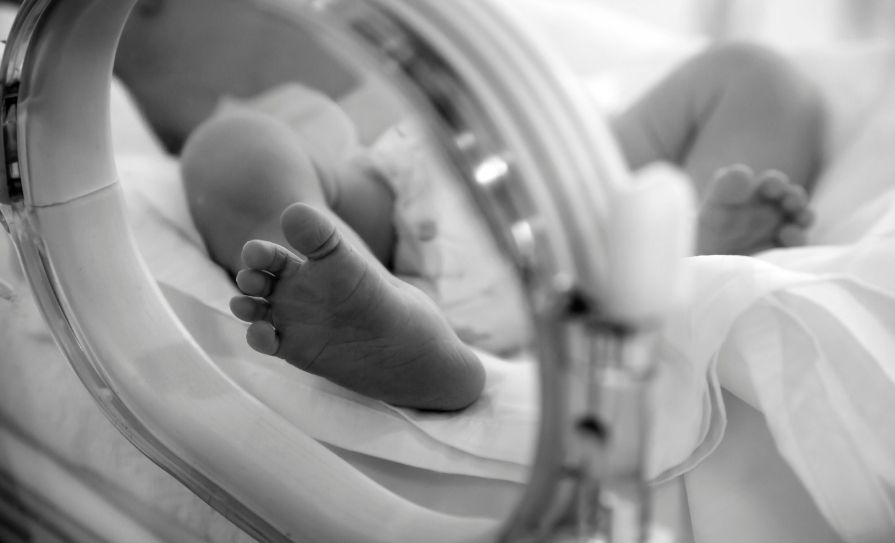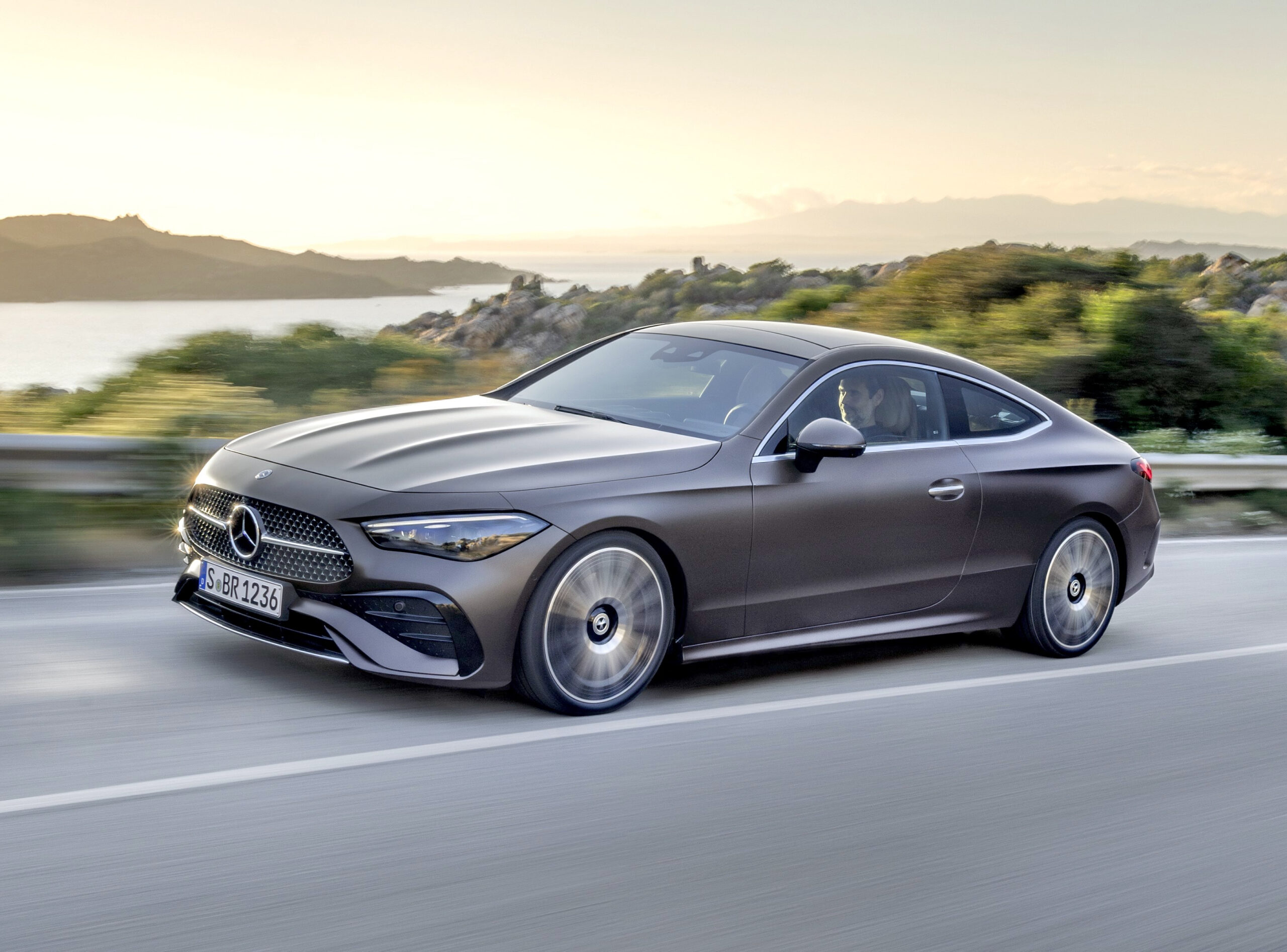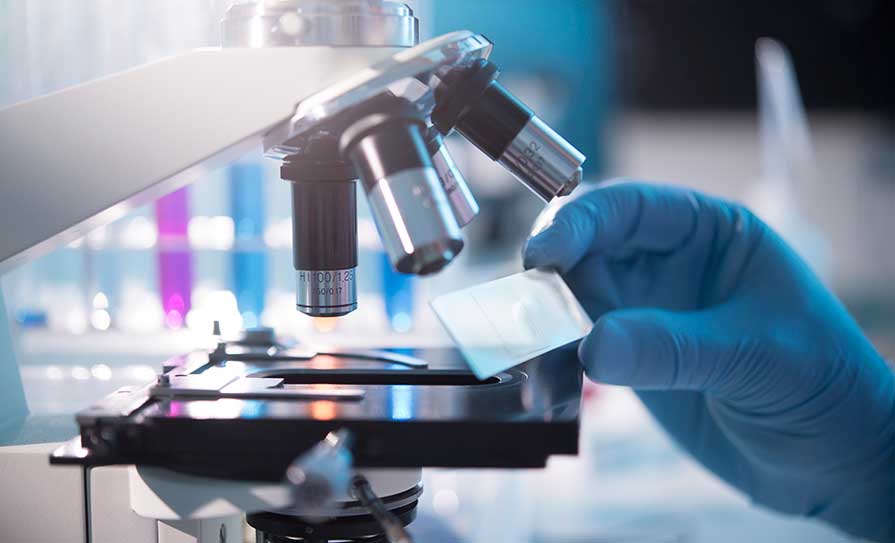
iStock.com/kittimages
As doctors and nurses, we could only offer care up to a point
Dr Niall Conroy
@NICU_doc_salone
When I was a medical student, I wasn’t sure what I wanted to do. I was certain, however, that at some point I wanted to work in global health. So I found a grizzly old professor who lectured at the medical school. He was a veteran of war, famine, and disaster in many theatres. “What’s the best thing I can do when I graduate to make myself useful in global health?” I asked. “Should I learn some surgical skills? Or maybe paediatrics? Other people tell me I should get some general practice experience.” I wasn’t quite sure how to handle his reply when he said: “The best thing you can do is to stay at home and raise money for people who know what they’re doing.”
More than 20 years after ignoring that piece of advice, I still think about the utility of western medics in low-income countries. I’ve had an interesting career. I’ve been privileged to work in Sierra Leone, Somalia, and Nepal. I’ve become adept at treating tropical diseases and I’ve developed particular expertise in managing newborns in low-resource settings. As I write, I’m at Bo Government Hospital, Sierra Leone. I first worked here in 2013 and returned in 2017 to establish what was the country’s only Special Care Baby Unit (SCBU) outside the capital city.
Sierra Leone is one of the hardest places to provide quality newborn care. The neonatal mortality rate is multiples of what it is in the west. Babies dying is normal. It’s part of life. But that doesn’t make it less tragic. When we established the SCBU, it was the first time newborns had a home. Previously, they were looked after on the children’s ward, where they literally shared beds with older kids suffering with mostly infectious diseases. But we made progress. We opened the new unit beside the labour ward and trained nurses to manage prematurity, sepsis, congenital defects, and the sequelae of obstructed labour. For the first time, mothers had hope that their babies would receive appropriate care.
However, we hit a bottleneck in our ability to provide treatment very quickly. Like many low-income countries, Sierra Leone doesn’t have a reliable national grid. This is a huge impediment to development, yet is rarely discussed. Countries that don’t have electricity can’t attract investment and can’t provide basic services to their populations. In our case, babies died all the time because their oxygen concentrators would shut down for hours, overhead heaters would turn off and our tiniest babies would get too cold, and we couldn’t treat jaundiced babies with ultraviolet light.
I remember spending a long day treating three small babies. By nightfall, we had stabilised them and there was no good reason for them to die. But when I came back the next morning, all three had passed away because the electricity shut off overnight. This wasn’t unusual, but the cumulative stress and powerlessness made me take to Twitter to post a photo of an empty bed. I don’t fully understand social media algorithms, but this particular tweet landed in the lap of an English sustainable energy expert, Michael Liebreich.
Michael spearheaded a consortium of donors, mostly from the energy industry. They designed and installed what amounts to a solar powered mini electrical grid. This was complex and it’s taken about seven years to get it right. But those babies and their mothers no longer need to worry about power outages. There are now perhaps two short power cuts each month. Mortality at its highest amongst the neonatal cohort in the hospital was around 25 per cent. Now it’s 15 per cent. However, the real success story is service utilisation. Comparing mortality rates before and after electrification is difficult, because we’re not comparing like with like. Previously, nobody thought there was any point in bringing a sick newborn to the hospital. Parents just held their babies as they died. The only babies we used to see were relatively stable. But now that there is confidence in the system, we are admitting around 130 babies per month. When I first came to Bo, we would see maybe 10 neonates each month in the children’s ward. I dread to think what was happening to the others.
This brings me back to the old professor. In a way, I wonder if he was right. As doctors and nurses, we could only offer care up to a point. The ceiling of care when only we were involved was unacceptably low. However, the addition of energy experts to the mix made the difference. So now when I look back at the impact that I’ve had on neonatal care in Sierra Leone, I am left wondering whether it’s too late to train as a solar engineer.





Leave a Reply
You must be logged in to post a comment.